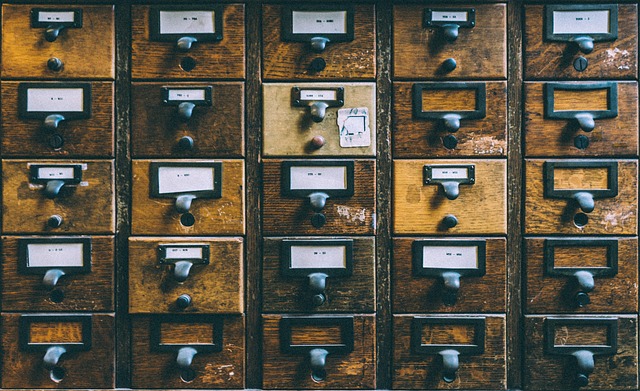DIY pipe insulation is a cost-effective solution to prevent common plumbing issues like sweaty pipes, mold growth, and burst pipes in colder climates. By wrapping pipes with foam or fiberglass insulation, you regulate temperature, reduce condensation, and protect against heat loss, ensuring smooth plumbing operation year-round and avoiding costly repairs. This simple, accessible project involves turning off water supply, cutting and fitting insulation, trimming excess material, and sealing with heat to create an effective moisture and temperature barrier.
Preventing sweaty pipes and moisture buildup is crucial for maintaining a comfortable, healthy home. Moisture-laden pipes can lead to rust, leaks, and even mold growth—a costly and unpleasant problem. This guide delves into the root causes of these issues and highlights the essential role proper insulation plays in keeping pipes dry. Learn how to tackle this common household challenge with our comprehensive DIY pipe insulation tutorial.
- Understanding the Problem: Sweaty Pipes & Moisture Buildup
- The Role of Insulation in Preventing These Issues
- DIY Guide: How to Properly Insulate Pipes
Understanding the Problem: Sweaty Pipes & Moisture Buildup

Pipes sweating and moisture buildup are common issues that can lead to a range of problems, from water damage and mold growth to reduced plumbing efficiency. This occurs when hot water or steam from pipes comes into contact with cooler air, causing condensation. In colder climates or during winter months, this effect is amplified, as outdoor temperatures drop significantly, making it easier for moisture to accumulate on pipes.
DIY pipe insulation is an effective solution to combat these issues. By insulating pipes, you create a barrier that regulates temperature, preventing rapid heat loss and the subsequent condensation. This simple yet powerful step can save you from costly repairs and ensure your plumbing system operates smoothly year-round.
The Role of Insulation in Preventing These Issues

Insulation plays a pivotal role in preventing sweaty pipes and moisture buildup, two common issues that can lead to significant damage within homes or buildings. By wrapping pipes with the right insulation materials, such as foam or fiberglass, you create a protective barrier that slows down heat transfer. This is crucial, as pipes often conduct heat from heating systems, causing water inside them to evaporate and condense, resulting in moisture buildup and potential rusting over time.
DIY pipe insulation offers an effective solution for both new installations and retrofits. It’s accessible, affordable, and relatively simple to install. Proper insulation not only helps maintain the desired temperature of plumbing systems but also prevents pipes from freezing during colder months, which can be a significant benefit in regions with harsh winters. This simple step can save homeowners from costly repairs related to burst pipes or the removal of mold and mildew caused by excessive moisture.
DIY Guide: How to Properly Insulate Pipes

Insulating pipes is a straightforward DIY project that can prevent sweaty pipes and moisture buildup, ensuring your home stays dry and comfortable. Start by turning off the water supply to the affected pipes to avoid any accidents during installation. Gather your materials, including pipe insulation in the appropriate size, a utility knife, and a heat gun or hair dryer (optional). Cut the insulation to fit around each pipe, leaving a few extra inches at each end for sealing. Use the knife to trim off excess insulation, ensuring there are no sharp edges.
Next, wrap the pipes with the insulated tubing, pushing it firmly against the pipes to create a snug fit. For added security, use a heat gun or hair dryer to gently warm the insulation, causing it to expand and seal tightly around the pipes. This step creates an effective barrier against moisture and temperature variations, preventing condensation and sweaty pipes.
By understanding the role of insulation in preventing sweaty pipes and moisture buildup, you can take proactive steps with DIY pipe insulation. Implementing these measures not only saves you from costly repairs but also ensures a more comfortable and efficient plumbing system. So, roll up your sleeves, gather the right materials, and follow our easy-to-understand guide to achieve optimal results. Remember, proper insulation is key to maintaining a dry and healthy home environment.
